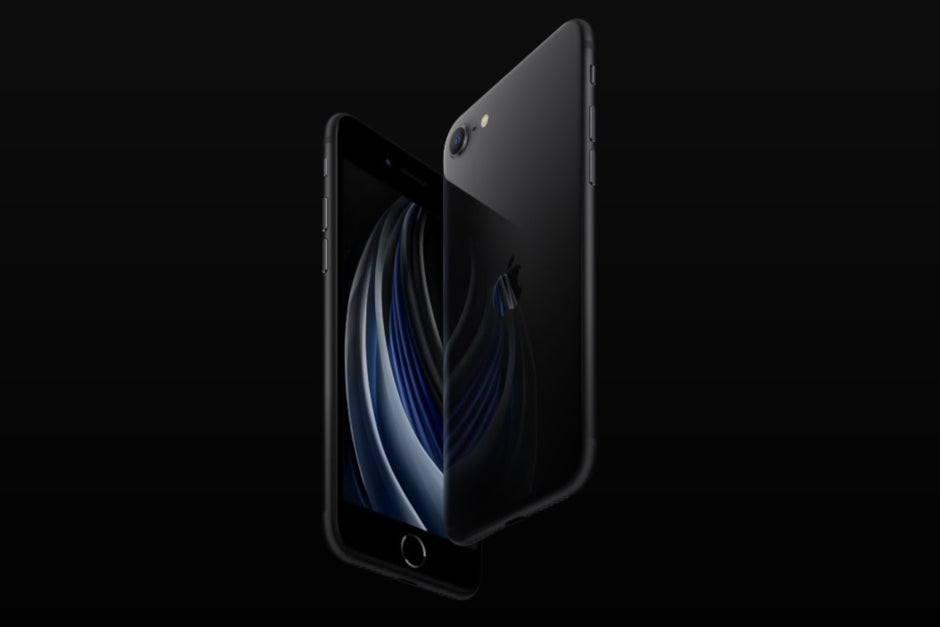The second-generation iPhone SE is really paying off for Apple

AppleInsider was able to take a look at a research note from securities firm Cowen. The note, written by analyst Krish Sankar, says that Apple is still expected to produce 35 million iPhone units during the company's third fiscal quarter which ends in June. That represents a 5% decline in the number of iPhone handsets that will roll off assembly lines from April through June compared to the number produced during the previous quarter. On an annual basis the decline is 13%.
During the quarter running from April through June, Cowen sees Apple delivering 30 million phones. 17% or 6 million of these devices will be the iPhone SE (2020), according to the securities firm. The device looks like the iPhone 8 but uses the A13 Bionic chipset that powers the iPhone 11 family. In addition, Apple upgraded the single 12MP camera on the back of the phone and hiked the amount of memory on the device to 3GB from 2GB.
- The new iPhone 13: price, release date, features, and specs
Apple could sell 25 million iPhone SE units this year says Cowen analyst
Sankar says that during the fourth fiscal quarter, which includes the holiday shopping season, Apple will build 8 million iPhone SE units. For all of this year, Cowen sees 25 million iPhone SE handsets produced by Apple's contract manufacturers. The analyst checked in with Apple's supply chain and said that the "production supply chain has by and large recovered to normal output rates."

The Apple iPhone SE has helped drive a huge rebound in Chinese iPhone sales
Through the company's supply chain, the analyst discovered that as expected, Apple will introduce four new models later this year. Several analysts are calling for Apple to introduce the 5.4-inch iPhone 12, the 6.1-inch iPhone 12 Plus, the 6.1-inch iPhone 12 Pro, and the 6.7-inch iPhone 12 Pro Max. Design-wise, the rounded sides on the iPhone are reportedly gone, replaced with a flat strip that is reminiscent of the iPhone 5 and iPhone 5s. All four models should be powered by the 5nm A14 Bionic chipset containing 15 billion transistors. The two standard models will reportedly be equipped with 4GB of memory while the "Pro" variants will carry 6GB of RAM.
Previously reported rumors call for the standard models to feature a 12MP Wide camera and a 12MP Ultra-wide camera; the iPhone 12 Pro and iPhone 12 Pro Max should be equipped with the same pair and also include a telephoto camera and a LiDar time-of-flight sensor. The latter counts how long it takes for an infrared beam to bounce off of a subject and return to the phone. With this information, a more accurate depth reading can be calculated giving users an improved AR experience and a better bokeh blur for portraits.
Both "Pro" models should have a Dynamic ProMotion 120Hz refresh rate which means that the displays will be refreshed 120 times per second. To save battery life, the rate will drop back down to 60Hz when the content on the screen doesn't benefit from the faster refresh rate. All four phones will be compatible with sub-6GHz and mmWave 5G signals. The combination of the 120Hz refresh rate (again, for the "Pro" models only) and 5G consumes plenty of power. Thus, Apple plans on hiking the battery capacities on the 2020 iPhones. The iPhone 12 Pro Max will reportedly be equipped with a 4400mAh battery, up 10.9% from the 3969mAh battery that is found on the iPhone 11 Pro Max.
CNBC has reported that iPhone sales have been improving sharply in China. 3.9 million iPhone units were sold in the country last month, a strong 160% increase from the 1.5 million iOS handsets sold in China during March. Back in February, with all 42 Apple Stores closed in the country, iPhone sales plunged 60%. The iPhone's comeback in China is led by the launch of the iPhone SE. The phone is priced in the country at 3,299 yuan ($464 USD) and accounted for 24% of iPhone sales in China.
Follow us on Google News














Things that are NOT allowed:
To help keep our community safe and free from spam, we apply temporary limits to newly created accounts: